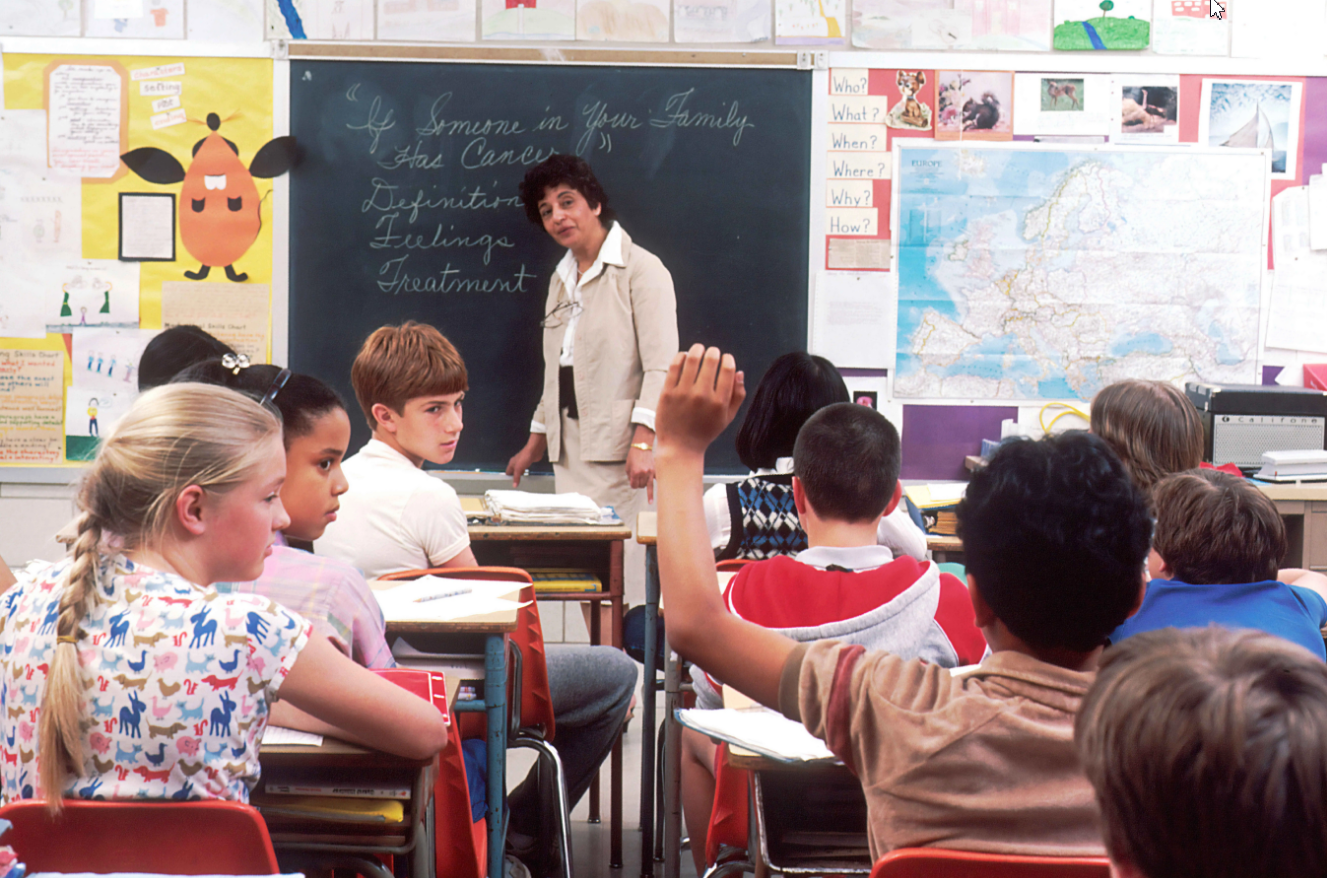Emotional wellness has become the elephant in the room in our schools today, as young people struggle like never before with their mental health.
A student at Long Beach State University in California called a friend in an emotional crisis, desperate for help and threatening to harm herself. The friend knew she had to act and in the absence of any on-campus crisis response strategy, she called campus security. To her shock, she discovered she had made the problem worse.
So goes the story told to Ashley Smith, a reporter for EdSource, an online publication highlighting strategies for student success.
After the call, armed police showed up at the student’s dorm room and dragged her off to a hospital psychiatric unit. At the time, the university lacked a comprehensive mental health response plan.
On-Campus Response Strategies Are Necessary
Following this incident, campus leaders recognized that mental health crises require a much more nuanced and humane response. Campus leaders devised a whole new strategy for student mental health. Implementation of this first-in-the-nation mental health strategic plan began last spring and will phase in its 60 action items over the next three years. Chief among them is a mobile crisis unit that responds to mental health emergencies with mental health professionals, not police.
Mental health has been a growing concern on campuses since 2013, according to a 2021 survey by the Association for University and College Counseling Center Directors. Ninety-five percent of the college counseling center directors said the number of students with significant psychological problems was increasing. First appointment visits at The University of Florida’s mental health clinic more than doubled between 2019 and 2020, and then increased again in 2021.
A Growing Crisis in Children’s Mental Health
The situation is similar for younger children. The Children’s Hospital Association reports that their member institutions recorded a nearly 38% increase in emergency department visits for mental health cases in the third quarter of 2021. They also reported nearly 54% more suicide and self-injury cases compared to 2020.
Though shocking, these numbers are not all that surprising. A pandemic that upended life for two years, mass shootings, racial tension, and angry political divisions have exacerbated the usual pressures that young people face. This is especially true for young people that are most susceptible to depression, eating disorders and other mental health issues. The rising mental health crisis among students has led to a bill presented to the California State Assembly, mandating that all public colleges in the state print a 24-hour hotline number on student identification cards for local mental health services.
There are many ways clinicians are responding to what many are calling a crisis. The Child Mind Institute this spring responded by embarking on a public awareness campaign anchored by the musician Pink, in which celebrities and ordinary people recount their stories of emotional struggle.
How Can Schools Work With Mental Health Providers?
Because students spend more time during the week in school than with their parents, school psychologists, counselors and social workers are crucial to maintaining students’ emotional health. School staff are often the first to identify changes in student affect or behavior. School psychologists and other behavioral health professionals in the schools can hone the screening process by developing strong relationships with teachers, staff and parents. Identifying children with issues early can prevent mental health crises.It is important for schools to have a plan in place to connect students to support services, whether in-school or in the community.
The Colorado Department of Education advises school districts to bring mental health professionals into the schools. “Utilizing mental health crisis teams can provide targeted and intensive mental health supports to students who require significant levels of support. These teams should include professionals, caregivers, community partners and stakeholders who understand robust approaches to mental health crisis management,” the department says on its website.
Mental healthcare providers have an unprecedented opportunity to connect with in-school and out-of-school communities to address student mental health, now that schools and their surrounding communities are more amenable to that service than ever. There is so much these providers can offer.
The Power of Telehealth to Expand Access
First, COVID has taught us the power of remote health services. Clinicians of all kinds can utilize telehealth to increase patient access to mental health services and minimize the stigma involved in seeking help by eliminating the public waiting room. Further, telehealth allows patients to receive care in the comforting surroundings and convenience of their own homes. Dropping the barriers to attending sessions boosts the likelihood of patient compliance and perseverance.
Patients have demonstrated a preference for telehealth services. The utilization of virtual appointments for mental health has hardly dropped off since COVID isolation, even as primary and secondary care patients are largely back in their doctors’ offices.
Behavioral health providers can also expand patient access to mental health by co-locating with primary care providers to offer more comprehensive services in one place. Improved access has been shown to correlate with better outcomes.
Emotional wellness has become the elephant in the room in our schools today, as young people struggle like never before with their mental health. It is incumbent upon professionals in the field, school districts, and higher education institutions to make mental health services as accessible, available, convenient and comfortable to use as possible.
By:
Ronit Molko
Radicle Health Advisory Board, Ph.D., BCBA-D
Aug 1, 2022
